Karl-Friedrich Scheufele, Co-President of Chopard, on the 25th anniversary of the Fleurier Manufacture
Celebrating 25 years of haute horlogerie watchmaking, the Chopard way.
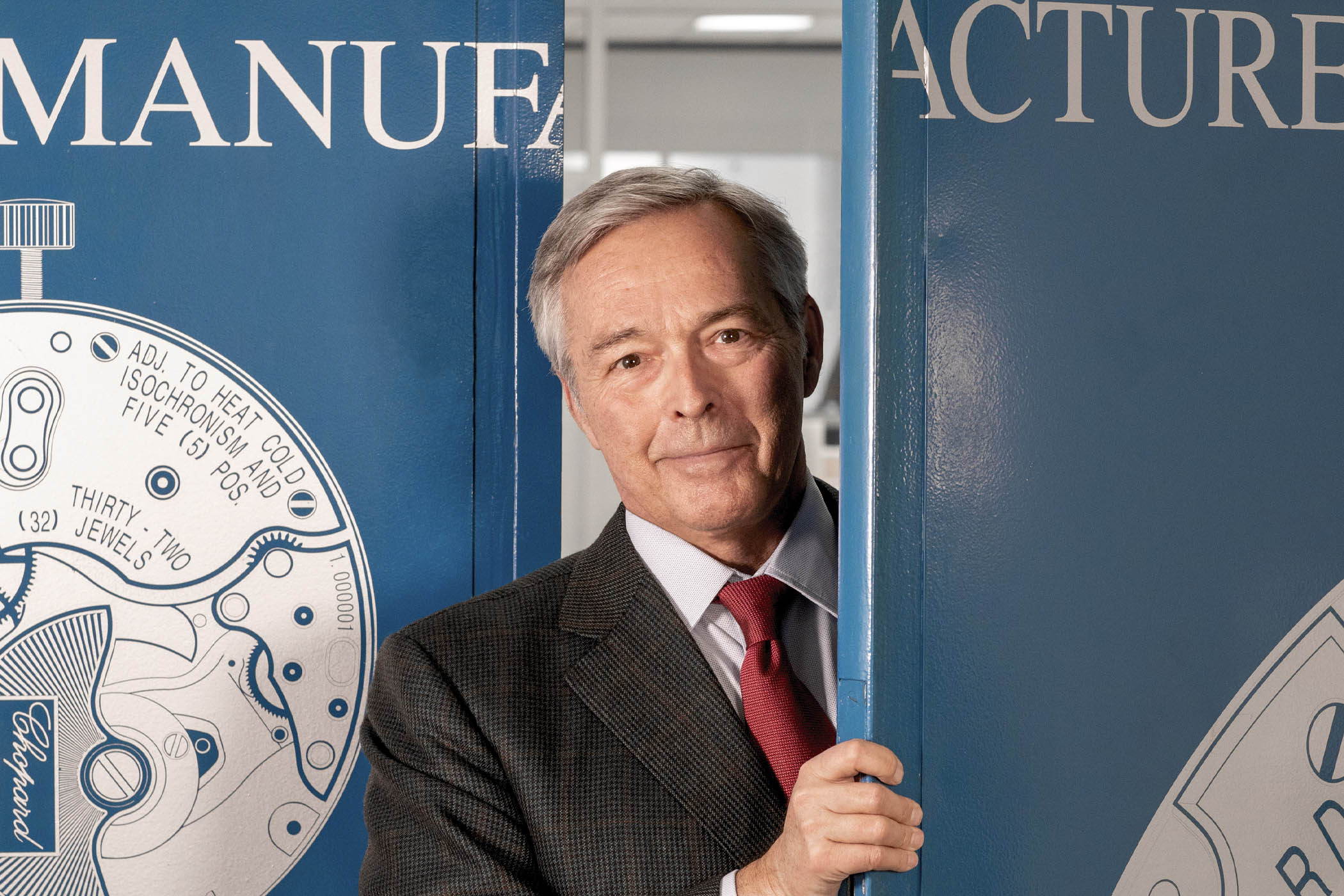
Developed and produced by the manufacture established in Fleurier in 1996, the first Chopard L.U.C Haute Horlogerie watches were released in the late 1990s. Over the following twenty years, the manufacture created a dozen or so calibres with countless variations and, most importantly, a collection of refined watches with a distinctive flair. As the Chopard manufacture celebrates its 25th anniversary, we sat down with Karl-Friedrich Scheufele, Co-President of the brand, to talk about their journey to independent movement production.

Xavier Markl, MONOCHROME – You are celebrating the 25th anniversary of the Chopard manufacture. How did it all start?
Karl Friedrich Scheufele, Co-President of Chopard – The Chopard Manufacture was created in 1996 and the L.U.C collection in 1997. It all started with a movement. In about 1993, I had the strong conviction that we needed an in-house movement. We started a secret development project with a small team at Chopard, and a friend, Michel Parmigiani, here in Fleurier. Michel was still a small independent watchmaker. I felt that he could assist us in creating this movement. The team was really small, just two people from Chopard, Michel and me. We were meeting discreetly outside of Chopard; nobody could know.
We defined the parameters of the movement. I wanted a sophisticated automatic movement with a micro-rotor, double barrel, long power reserve, Poinçon de Genève, COSC certification… Together we designed the movement, and then Michel produced the prototype, which was ready towards the end of 1994. We had an issue with the winding efficiency of the movement, and at that stage, I decided we would need an in-house development team. I added two people to the team, and it became an in-house project.
This was when we started to rent a place in Fleurier. Why Fleurier? Because it all started here and Fleurier was the right place to keep the project confidential. We had rented half a floor in the building that is today the Chopard manufacture. Two years later, we started to have logistical issues; there was not enough space and in 1996, we asked Mr Hayek Senior since Swatch Group owned the building. He was very fair, and we had a good mutual understanding. Then we started to buy the machines and to organize the production.
Interestingly Jean-Frédéric Dufour (Editor’s note: currently CEO of Rolex) was then part of the team.
Indeed, he was there right from the beginning. His job was to organize this manufacture from scratch together with me. It was his entrance to the watchmaking world, so to speak.
Fast-forward 25 years, and the L.U.C collection is firmly established. What did it bring to Chopard?
The fact that we produce our own watch movements introduced an entire range of skills and craftsmanship to Chopard, everything that is related to watch movement production. But it also brought a more disciplined approach to fields related to logistics and quality management.
For instance, we have become much more organized and disciplined with the ISO certification we have in Fleurier. At some point, it was no longer Geneva teaching Fleurier but Fleurier teaching Geneva. We applied processes we developed in Fleurier to the production of watch cases, bracelets and even jewellery.
Of course, it gave us creative freedom that we never had before. We could create a watch from scratch, defining the movement specifications.
And very soon, it became very apparent that the independence that it brought us would be a crucial asset. You know the story about ETA and the COMCO rulings. When this came up, we were very much ahead, and we were able to cope with that. If we had started later, we would have faced more serious challenges.
We created an initiative in-house, which we called independence, to grow the production of movements to another level. Today with Fleurier Ebauche we will probably produce 35,000 movements this year. Chopard manufacture continues to do what it initially did, making movements for the L.U.C collection, about 4.000 watches, plus the internal workshop for Berthoud, plus all the Research and Development. With Fleurier Ebauche, we produce movements in a more ‘industrial’ way. At Chopard manufacture, a watchmaker would typically assemble his own movement. At Fleurier Ebauche, we implement so to speak ‘serial production’.
Do you still use external movements?
We do still source movements from ETA for the Mille Miglia collection. But the price of movements is no longer what it used to be, and today these are quite close to what we produce in-house. So, whatever we did, we did it right.
The L.U.C collection has been the foundation to create amazing watches and development.
Well, that was the initial ambition. I always say to my teams that I don’t want to look at the proposals unless we have something to offer. We are not the first to arrive with movements. When we started in 1995-96, there had been very little innovation in the field of movements for the last 15 years. I thought we had to distinguish ourselves and come up with innovations, or interesting combinations, like the micro-rotor, two barrels, four barrels like the Quattro, the unique way we created tourbillon or our chronometer-certified tourbillon. When we developed our minute repeater, I didn’t want to introduce just another minute repeater to the market. This is how we ended up creating this crystalline sound. It is about stimulating the minds of people sometimes to get out of their comfort zone.
What are some of the highlights of the L.U.C collection this year?
If you ask me which one I like most, I would have difficulty choosing, but I have two favourites. One is the 25th-anniversary Qualité Fleurier limited edition in steel. It is already sold out, but I like the aesthetics of the watch, the fact that it is steel.
And then, the jumping hour, this is something I have wanted to do for 20 years. I had to wait so long to create it. I like the simplicity of this watch, its pristine enamel dial. It is undoubtedly a watch I would keep one piece for myself.
What is next for the L.U.C collection?
I don’t want to increase the production quantities of L.U.C. There are a number of complications we have not yet interpreted. There are several roads that are possible to take and that we are already taking.
Ferdinand Berthoud is another project that is very dear to you. How did the L.U.C collection and the Ferdinand Berthoud projects influence each other?
The style of L.U.C and Ferdinand Berthoud are very distinct. But I think that one helps the other and vice-versa. Naturally, nothing would have been possible for Berthoud without the infrastructure we have built for Chopard. We had this possibility to initiate such a project in-house, thanks to the L.U.C infrastructure. But Ferdinand Berthoud was also beneficial for Chopard. Let’s take the example of the movement decoration. With Ferdinand Berthoud, we proved that we could push the movement decoration to another level. Also, the fact the Berthoud thinks outside the box has often set a good example for the L.U.C teams.
Any other important information you’d like to mention about the L.U.C collection?
I think the luxury we have is not to be imprisoned in a specific frame. I like the idea of L.U.C being a bit of a start-up company. This was the spirit we had at the beginning, and that I’d like to keep up. L.U.C has been a fantastic laboratory to develop skills. And the last thing I’d like to mention is that we also pay attention to creation and development and pass on skills and expertise. Here in Fleurier and Geneva, we have watchmaking apprentices… we employ two every year in our watchmaking school. They are trained over four years, and there are always eight apprentices in Fleurier and eight in Geneva.


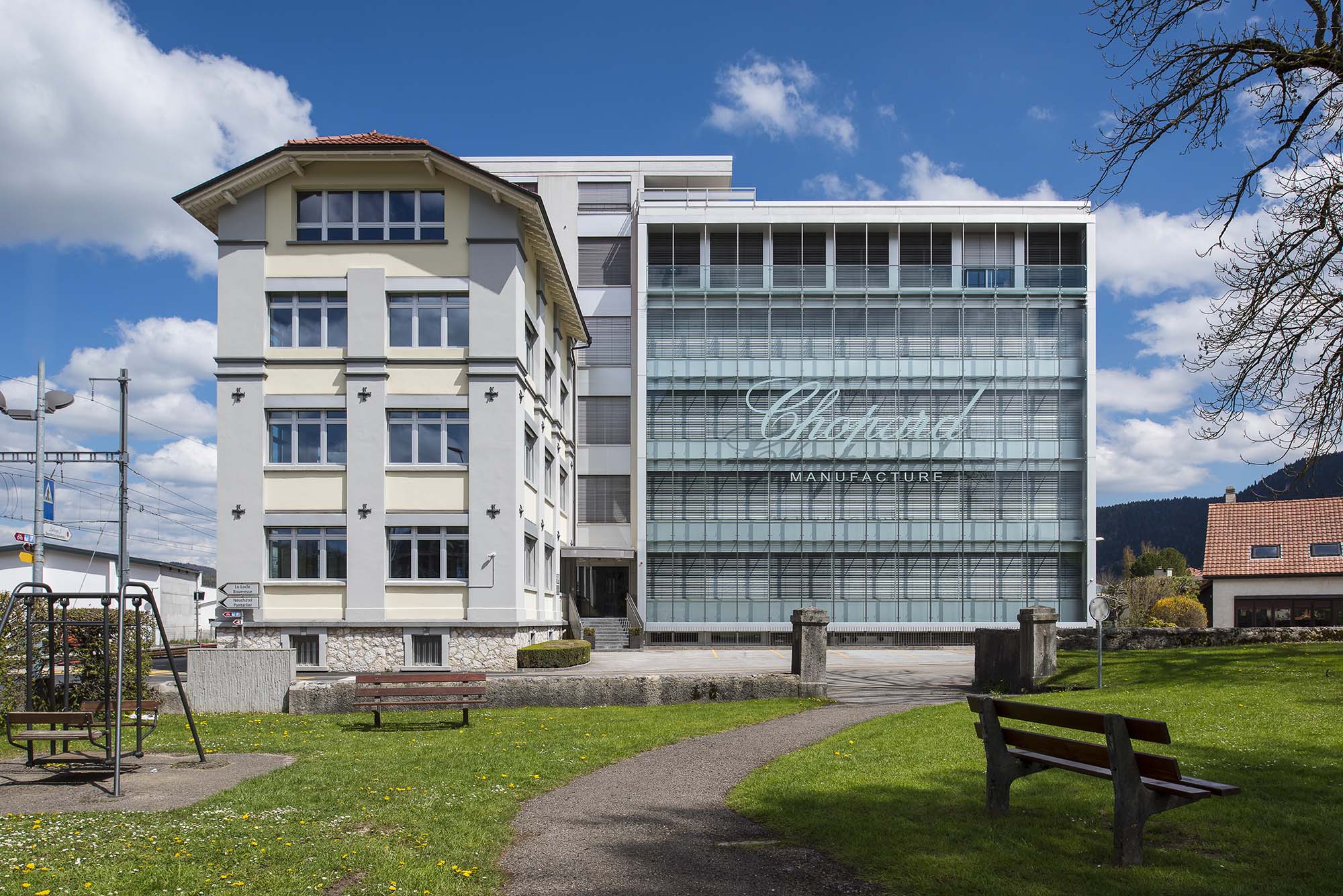
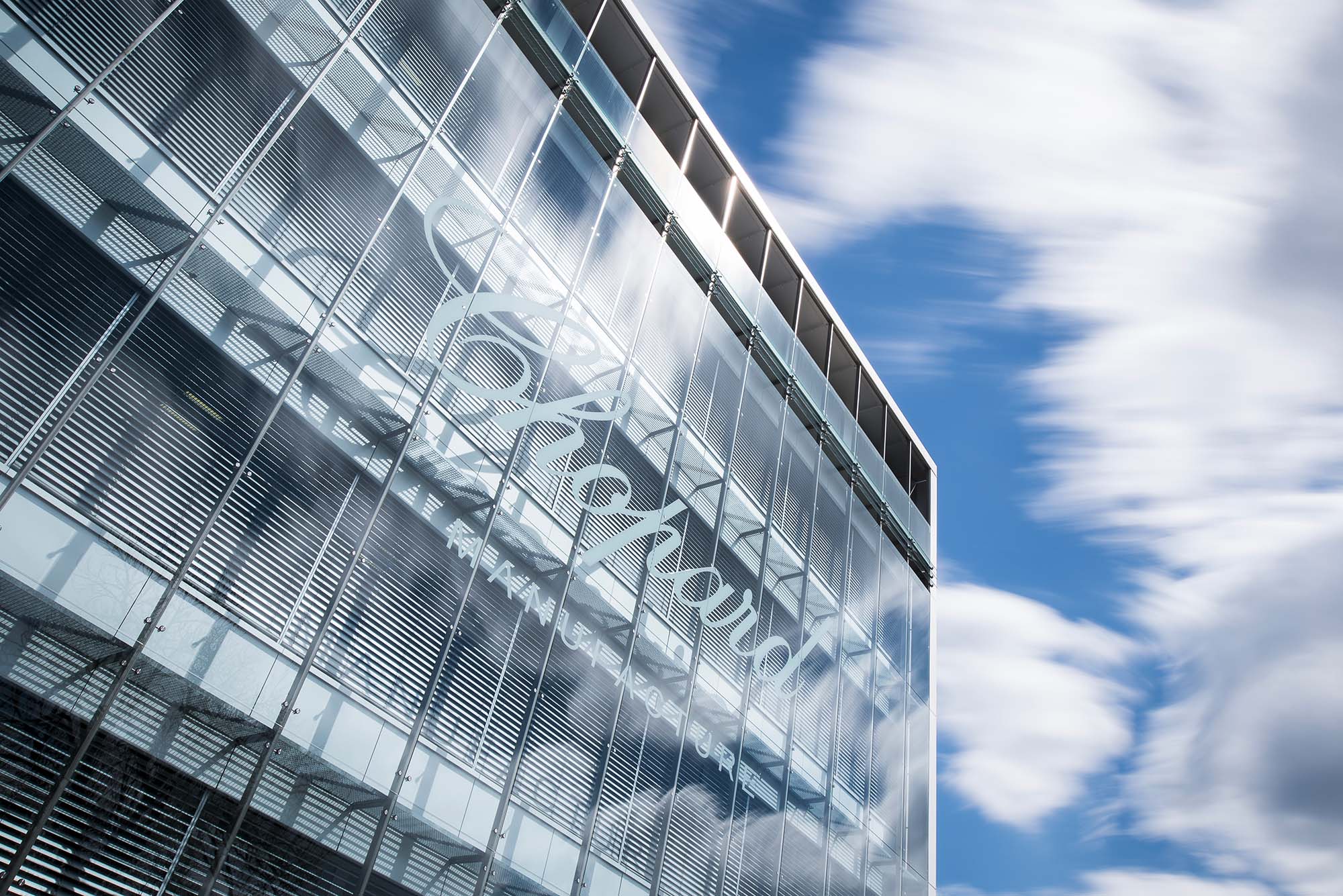
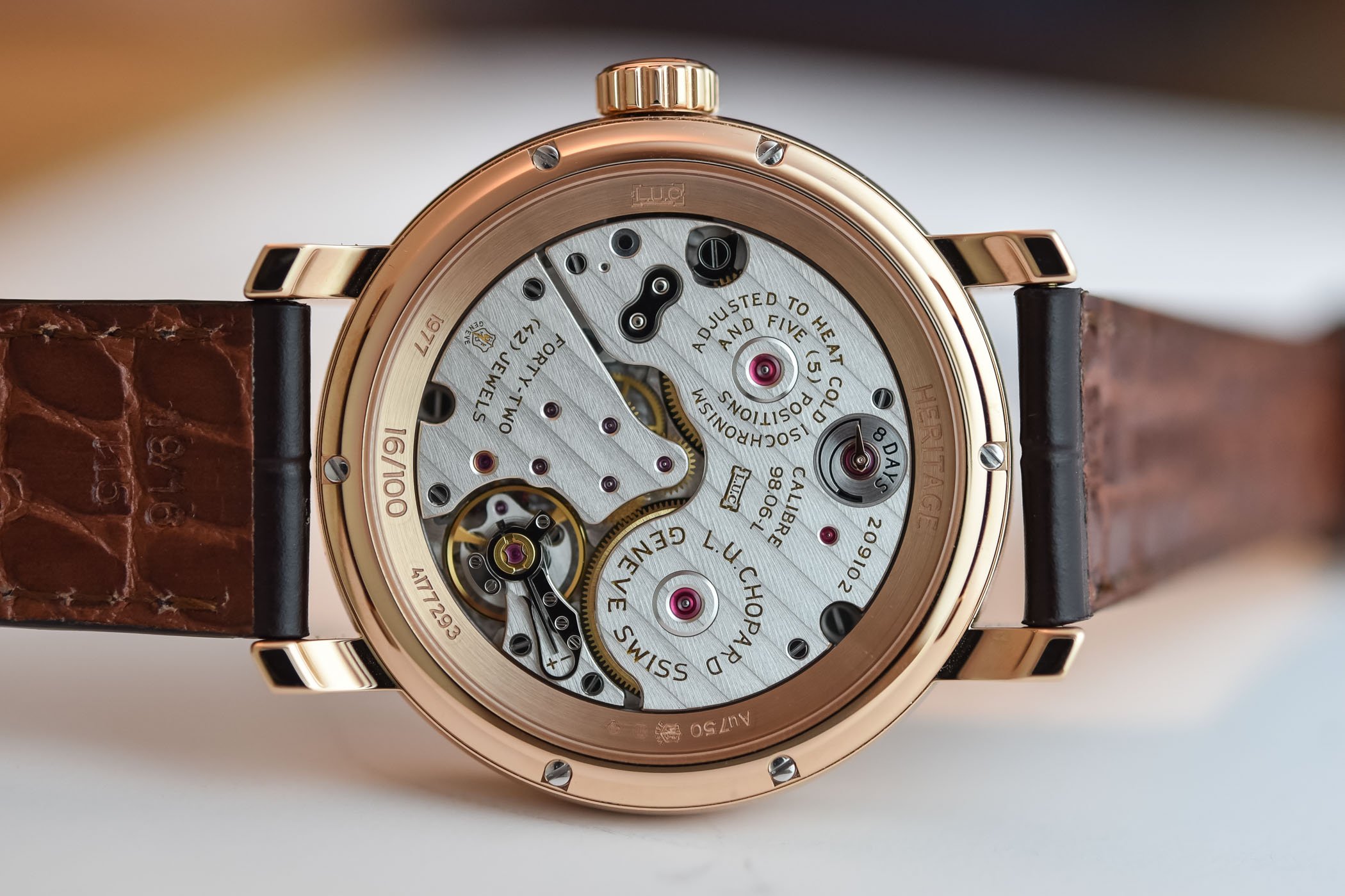
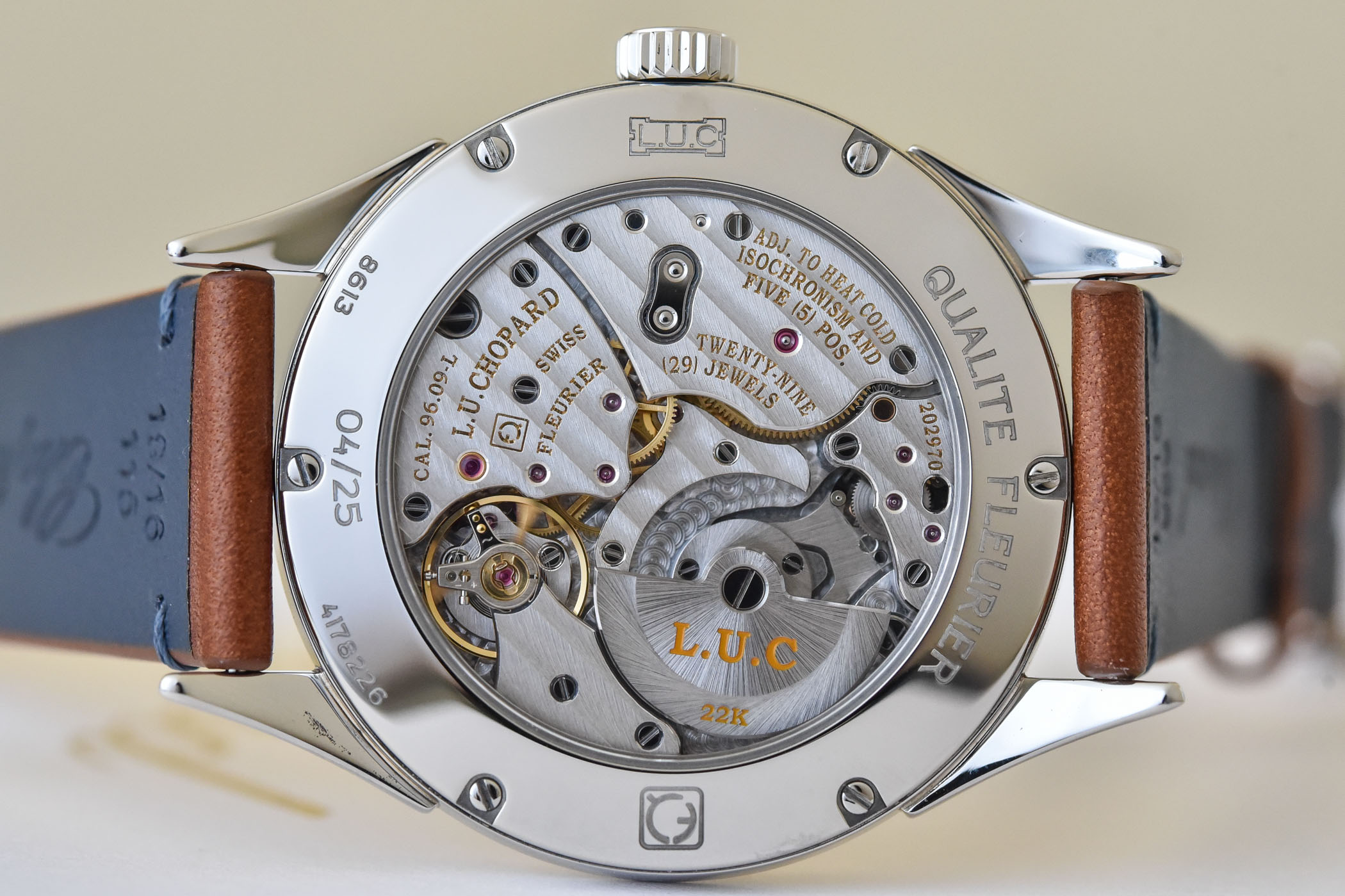
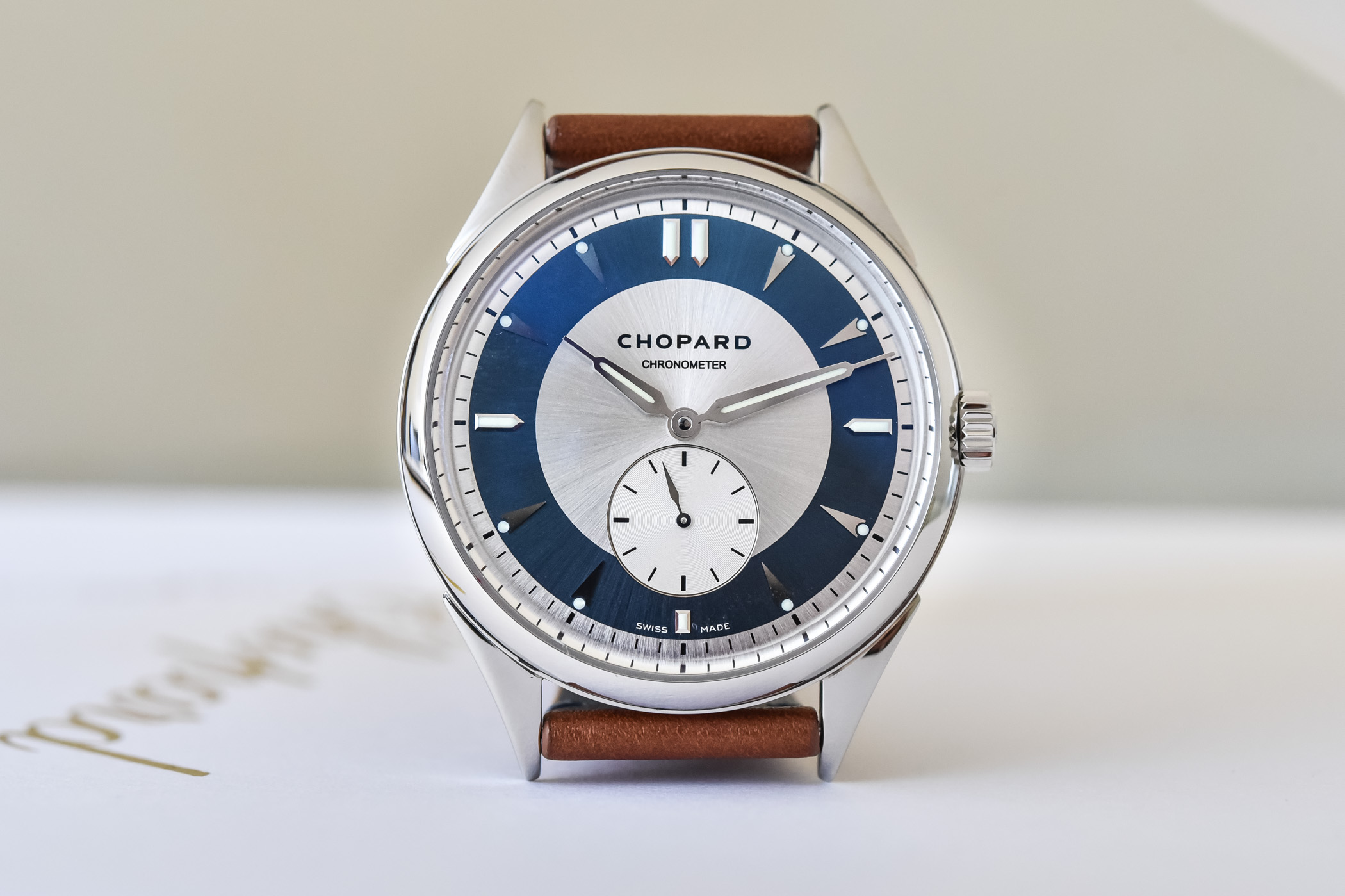

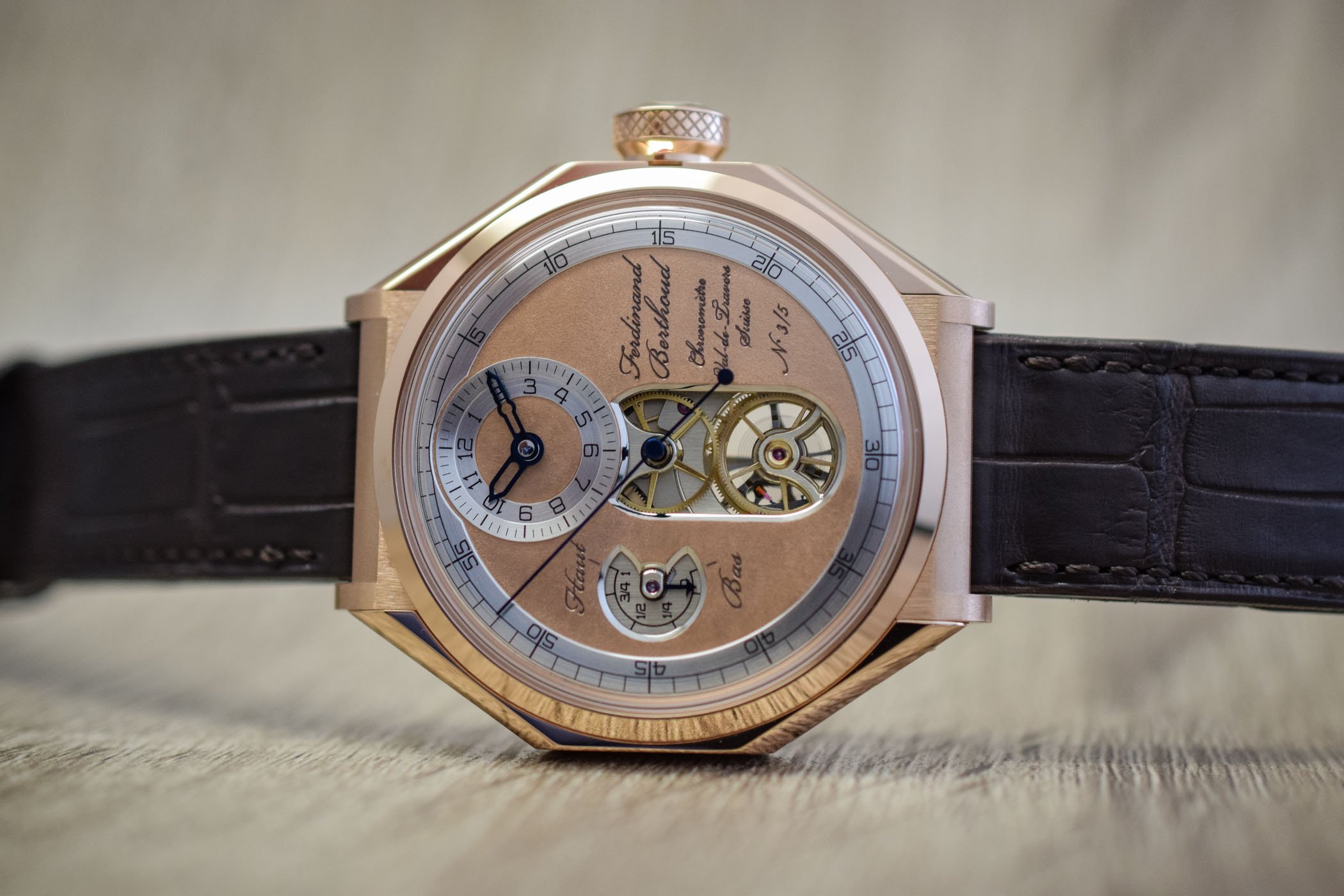



1 response
Eek, sorry I had a pop about the jumping hour price, feel bad about that now. Itisexpensivethough – just thought I’d excuse myself.
Ever since reading Carlos Perez’s ‘The Flower of Neuchatel’ ( https://www.timezone.com/2003/03/31/the-flower-of-neuchatel-33103/ ) I’ve been fascinated by the ‘new blood’ watchmaking in Fleurier, and the way Michel was involved with so much of it. It’s good to read a bit more detail about your set-up.
Also good to see the Qualite Fleurier certification has kept going, as it had only just been started when Perez wrote that article.